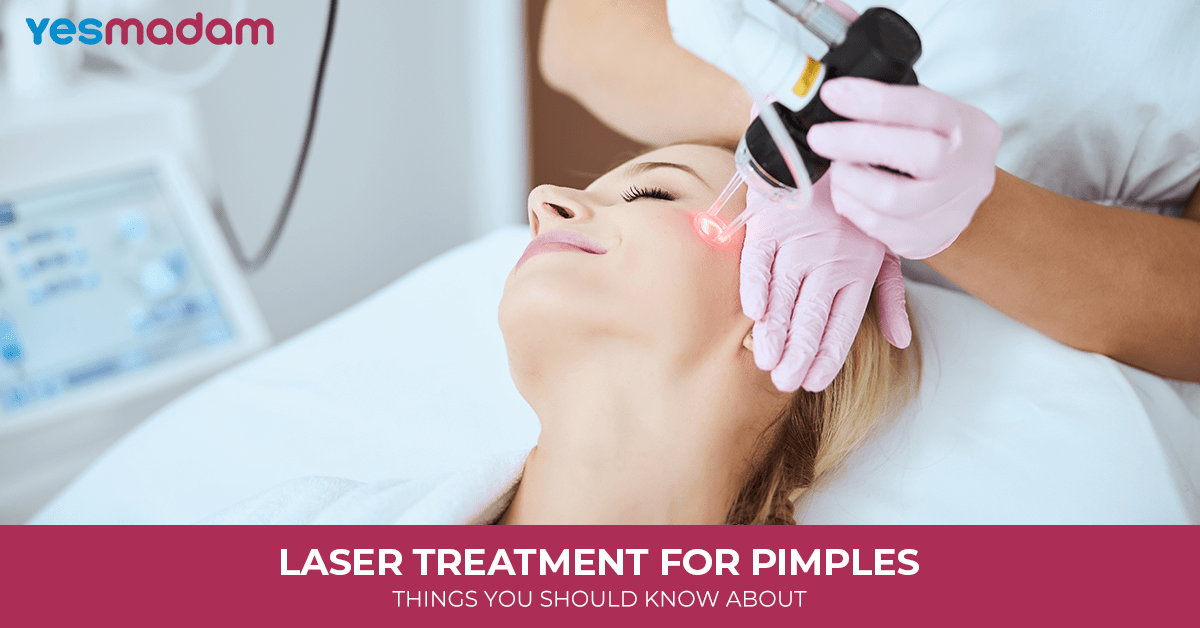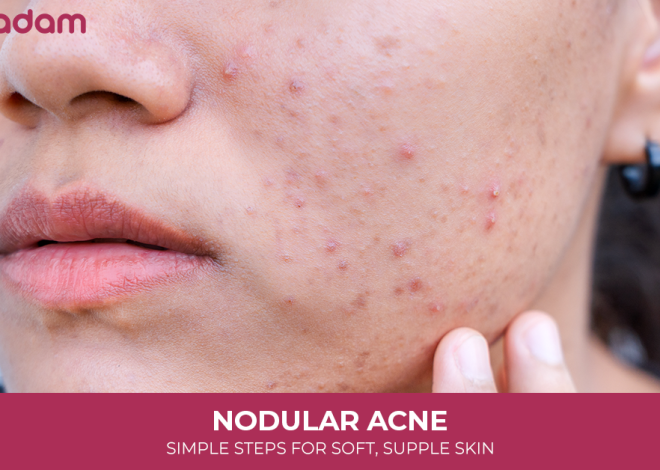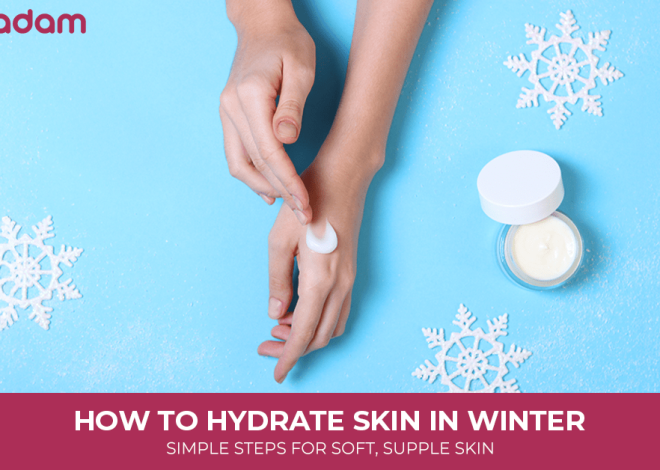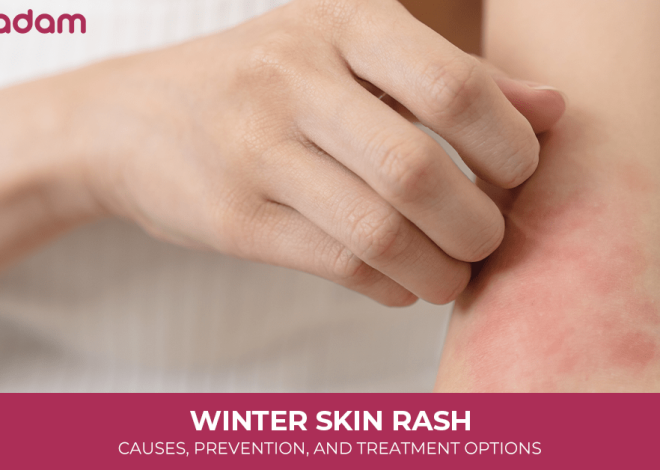
Laser Treatment for Pimples: Things You Should Know About
If pimples have left you feeling self-conscious or frustrated, well-you’re not alone. Most people deal with pimples at some point in their lives. While some people may suffer from pimples during puberty, others continue to deal with pimples all their lives.
The good news is that modern laser technologies offer powerful solutions that extend beyond surface-level fixes.
This guide on laser treatment for pimples will let you explore some of the best laser pimples treatments, including how they work, dos and don’ts to follow to get optimal results, and the side effects involved.
More Information For You: Saffron Oil for Face
Table of Contents
What is Laser Treatment for Pimples?

Pimples are one of the common symptoms of acne. So, the treatments that work for acne or acne scars work effectively for treating pimples too. Laser treatment for pimples is a dermatological process that removes damaged skin layers through the use of focused light beams, boosting collagen production and encouraging the growth of new skin cells. Different laser treatments for pimples work by:
- Addressing scarred or damaged skin at a deeper level.
- Treatments work by either eliminating the damaged outer layer of skin or by boosting collagen production in the skin to help minimize discolouration, to help smooth texture, and promote renewal of skin.
- Dermatologists use distinct laser varieties as per skin type and pimples severity.
Types of Pimples that Lasers Can Treat
Laser treatments can effectively address various types of pimples and their related concerns, including active acne, acne scars, and conditions like rosacea and broken capillaries.
Here’s a more detailed breakdown:
1. Active Acne:
- Nodular and Cystic Acne:Laser therapy is particularly useful for severe, persistent acne, including nodular and cystic acne.
- Targeting Bacteria: Lasers can target the bacteria (C. acnes) that contribute to acne development, reducing inflammation and infection.
- Reducing Inflammation: Laser treatments can help reduce inflammation associated with acne, leading to a decrease in redness and swelling.
2. Acne Scars:
- Atrophic Scars: Lasers can be used to resurface the skin and stimulate collagen production, which can help fill in pitted or indented scars.
- Hypertrophic Scars: Lasers can help flatten and reduce the appearance of raised, thickened scars.
- Keloid Scars: While keloids can be more challenging to treat, lasers can sometimes be used to reduce their size and improve their appearance.
3. Related Skin Conditions:
- Rosacea: Lasers can target the redness and visible blood vessels associated with rosacea, a condition that can mimic or coexist with acne.
- Broken Capillaries: Lasers can effectively treat broken capillaries, also known as telangiectasias, which are often found on the face and can be a cosmetic concern.
Don’t Miss: Is Shaving the Face Good
Types of Laser Treatments for Pimples Explained

The following are the most commonly used laser treatments for acne scars and pimples, such as :
Fractional lasers
This is one of the best, as it impacts only the pimple-affected areas of the face while not interfering with the normal skin parts. The laser penetrates deep inside the skin and is thus good for treating wide and deep scars. Since the laser beam covers a smaller area, the recovery time is also fast.
Intense pulsed light
This treatment is known to work on the colour of the pimples rather than attacking the skin texture or the pimples. It helps the colour return to its normal shade. It is based on the principle that since darker objects tend to absorb more light, the intense laser light already gets absorbed into the scarred area before penetrating the normal skin.
V-beam or pulsed dye laser (PDL)
This is the best laser technology that works by eliminating the redness of pimples and rosacea. The concentrated light beams target enlarged red blood cells (the reason for redness) using heat.
Fraxel
The Fraxel laser is relatively milder and is suitable for people with sensitive skin. As part of its unique procedure, the treatment does not remove the outer skin surface. Rather, it heats the skin tissues in a way that it burns out the old skin cells that are pigmented because of scarring.
Carbon-dioxide laser
The idea behind this treatment is to stimulate healing and collagen production in the body naturally. The process includes poking very tiny holes into the skin using laser light energy to ensure that there is no pain involved.
Do’s and Don’ts of Laser Treatments for Pimples

To ensure that you get the maximum out of laser pimple removal treatments, here’s a checklist of dos and don’ts to follow both before and after the treatments:
| Do’s | Don’ts |
| Drink plenty of water in the days before the treatment to promote better outcomes. | Skip skincare products with retinoids or glycolic acid 1 week before. |
| Wear comfortable, loose-fitting clothes. | Do not do heavy exercise for a minimum of 3 days after the treatment. |
| Deep cleanse your skin from lotions, makeup, or other products to help the laser penetrate the skin more effectively. | Use moisturiser with ingredients like ceramides, aloe vera, and hyaluronic acid. |
| Consume a light breakfast before the treatment. | Apply cool compresses to minimise temporary discomfort and redness. |
| Inform your doctor if you have a history of cold sores, so you can take medications before the treatment day. | Stay away from hot baths, showers, or saunas for the next 2 days. |
| Limit sun and UV exposure at least 2 weeks before your treatment. | Do not pick, scratch at any treated areas to prevent infection and scarring. |
| Keep the treated area covered with a band-aid and change it 2 times a day after cleaning the area. | To ensure smooth healing, plan other facial treatments at least 2 weeks after your treatment. |
Side Effects of Laser Treatment for Pimples
Although temporary, examples of laser treatment for pimples side effects include:
- Swelling and redness in the treated area immediately after the session.
- Flaking or dryness is a normal part of the skin’s healing and rejuvenation process.
- Sensitivity to touch or sun rays for a short duration
- Slight stinging or burning sensation during and after the treatment.
Conclusion
Laser treatment for pimples can effectively decrease the appearance of pimple marks, thereby leaving the skin smoother and more even. For the best results, it is important to consult a trustworthy service provider to get the customised treatment plans as per your specific skin types and types of pimples. Similarly, it is always crucial to know about the necessary dos and don’ts to prepare yourself beforehand.
FAQs
Which is the best laser for pimple marks?
For pimple marks, ablative fractional lasers are usually considered the most effective. They work by resurfacing the skin, stimulating collagen production to improve the appearance of scars.
How does laser treatment for face pimples work?
Laser treatment for face pimples works by using focused light energy to target and address various factors contributing to acne.
Is laser treatment good for pimples?
Laser treatment is a good option for pimples, particularly for reducing active breakouts and improving the appearance of acne scars.
Do pimples come back after laser treatment?
Yes, pimples can come back after laser treatment. While laser treatments can be effective in reducing pimples and improving skin appearance, they don’t guarantee a permanent cure.
What is the permanent treatment for pimples?
There isn’t a single permanent cure for pimples, as it’s a condition with various contributing factors, but effective laser treatments can manage and control breakouts.
How many laser treatments for pimples?
The number of laser treatments needed for pimples varies, but typically 3 to 6 sessions spaced a few weeks apart are recommended.
What to avoid after laser treatment for pimples?
Specifically, you should avoid sun exposure, harsh skincare products, excessive sweating, and picking or scratching the treated area to minimize potential complications.
What are three major causes of pimples?
The following are some things or factors that may trigger pimples:
- Hormonal changes: androgens boost sebum production during puberty.
- Medications: corticosteroids, testosterone, and lithium may cause acne.
- Diet: certain foods can worsen breakouts.
How much does laser treatment for pimples cost?
It costs ₹2,000–₹34,000 per session, depending on the laser type, clinic location, dermatologist’s expertise, and the size or depth of pimple marks.
Is laser pimples treatment painful?
Laser pimples treatment is generally not very painful. While some patients may experience a mild tingling or warm sensation during the procedure, it’s typically well-tolerated.



